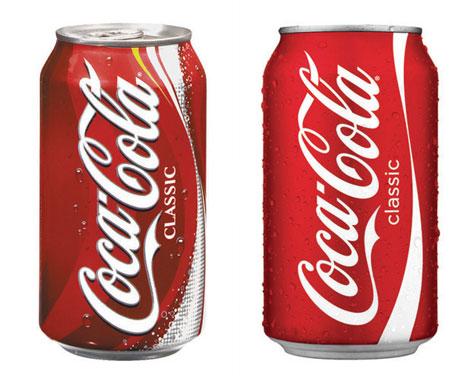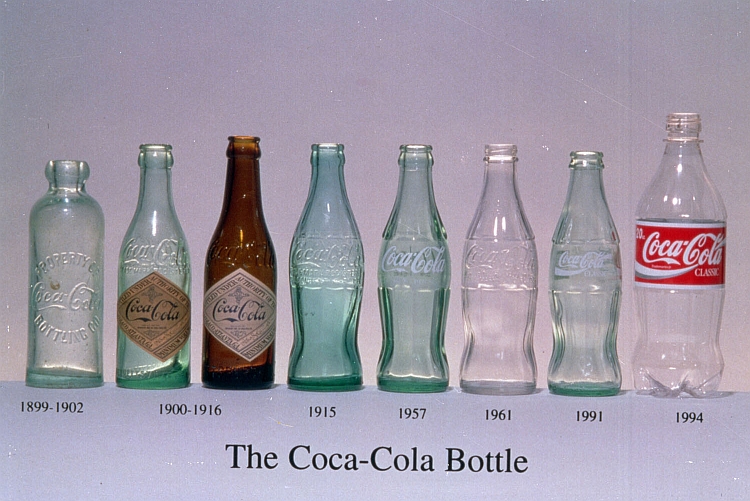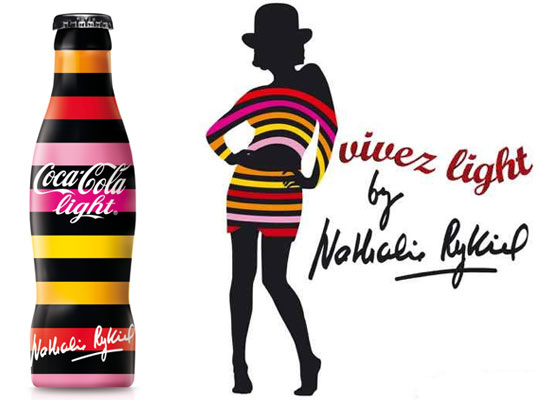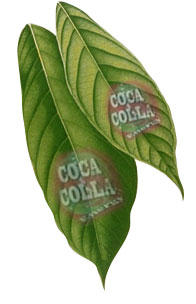Every week the brand and design news seems to feature yet another online campaign, social networking competition or launch of a new hub as brands compete to capture the attention of an exponentially growing virtual audience. But, just as we (consumers) are continually warned of the dangers of identity theft and fraud—with another story this week detailing how successfully phone Apps and their data can now be compromised—are brand owners heeding the very real threat of creative piracy as we become ever more of an e-commerce culture?
On the one hand brands have never had it so good with so many real and virtual retail and media channels with which to promote and diversify their brand. The opportunities to see and buy brands are far greater but then—in a culture where everyone sees themselves as creative and new brands and online initiatives arrive at a rate of thousands per day—so are the chances to be copied and duped. People love, connect with and buy a brand because of what it stands for—but many brands also need to stand up for themselves before it is too late.
It is fair to say that the mission of every brand is to be the next brand icon. But what all brand icons—both established and new—share is a belief in, an investment in—and a reaping of rewards from—brand identity and good design. Virgin, Dyson, Coca-Cola, Apple, Nike and Tetrapak (to name just a handful) have become incredibly valuable companies through having a strong brand identity and protecting and exploiting their Intellectual Property rights over many years. And, today, the real value of design and IP is ensuring you have a protectable identity across all mediums.
Coca-Cola is, of course, the classic and iconic example where all the elements work hard separately and together—the red, the ribbon, the Coke script, the contour bottle… With its distinctive curves, the trademarked contour bottle alone is one of the most recognized icons in the world. Designed so it could be identified in the dark and shaped so that, even if broken, it is identifiable at a glance; the unique bottle design ensures that Coca-Cola is never confused with competitors. The key is having an identity that is consistent but that is able to adapt and strengthen its core—check out the chronology of the Coke bottle from 1899 to last year’s funky new Coca-Cola Light bottle by Nathalie Rykiel. In the past couple of years we have had the ‘new old’ Coke stripped right back once again to just the red equity but also still rolling out ltd editions although not in a Pepsi ‘how many cans can I produce in one summer way’… so many brand variants but all undeniably, instantly recognisably and emotionally resonant as Coke and which gives the brand the perfect platform to successfully take the online world by storm with innovative initiatives such as its ‘Happiness Machine’.
Earlier this year, came the fascinating branding tale of soft beverage Coca-Colla from Bolivia—which was jokingly being referred to in the media as ‘the real thing’ owing to its use of real coca leaf. But, a threat to Coca-Cola? Paradoxically, Coca-Colla’s existence only served to strengthen the brand it was imitating. And, whist imitation may be the sincerest form of flattery, a lack of brand protection can make for a very costly competitor fighting for your audience and devaluing your equity.
Whether a start-up or an established brand, the message is the same. Don’t underestimate the power of brand identity and do protect it. I am not going to get into the leagl-ese here but understanding what is a patent or a trademark is not as scary or costly as fighting a trademark infringement case. Interestingly, a new study published this week and conducted by Ecommera—a provider of ecommerce trading solutions—claims that “just one in 10 consumers go directly to a brand’s website to buy products while four in 10 will go to a one-stop shop such as Amazon”…(Source: marketingmagazine.co.uk) This should not necessarily be seen as a negative for brands. Rather, it is a case of making sure that brand identity (be that name, logo, structure…) is strong enough—and protected—to be instantly recognisable and top of the search engine list when searching elsewhere.
Move your brand from bricks to clicks, but don’t forget—or underestimate—the move from design to legal.
About the Author
Jonathan Ford is a designer and co-founding partner of Pearlfisher. He oversees a portfolio of award-winning designs, including a high profile list of ethical, entrepreneurial and iconic brands. He is also a frequent speaker at high-profile international industry events and regular contributor and commentator in the design and brand press.
Jonathan can also be followed on Twitter — @Jforddesigns




